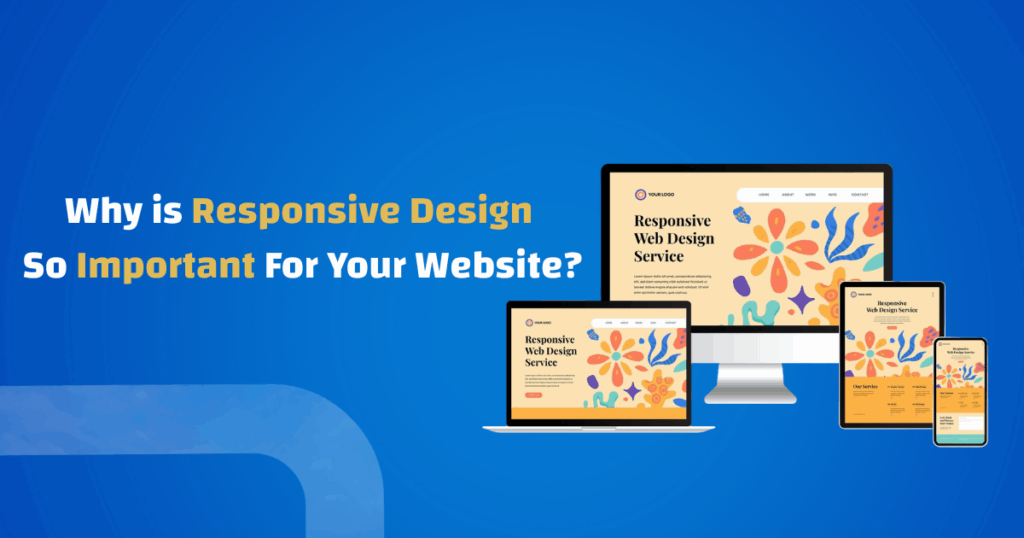Table of Contents
A responsive design for your website is no longer a luxury, but it’s a necessity. As In the past decades, people used to browse the internet using desktops only, but now people are using all types of devices. From different mobile phones with different operating systems to tablets, desktops, and even TVs! Studies show that 50% of e-commerce revenues come from mobile devices.
But first, let’s explain what having a responsive website means. A responsive design simply means that it can be adapted to fit any screen size and resolution. It dynamically adjusts its layout and content to fit the screen without affecting the loading speed, theme, or functions of the website. So, whether your users are browsing from a desktop, mobile, or even a tablet, your website should provide a seamless and user-friendly interface that doesn’t push your users away and increase their bounce rate.
Have you ever wondered why having a responsive web design is important, not just to provide a consistent experience to your users, but for your overall business performance?
Well, we’re here to answer your question and tell you in detail the importance of having a responsive UX design.

1. Enhanced User Experience
Imagine if you open a website from your mobile, to find out it loads on desktops only and you have to zoom in on every word to be able to view the content of the site, how frustrating would that be? You’d probably exit the website. That’s exactly what users would do.
A responsive website facilitates browsing from any type of screen, eliminating the users’ need for excessive zooming and scrolling. This allows easy interaction with your website, which will definitely decrease your bounce rate.
2. Improve Your Search Engine Optimization (SEO) Ranking

If you’ve been struggling to boost your website ranking, have you ever considered using a responsive design for your website? According to studies, more than 50% of mobile users search for a local business on their mobile devices before making a purchase. That’s why Google and other search engines favor mobile-friendly websites.
Google uses a mobile-first indexing approach, which means that they prioritize mobile versions of websites when ranking them in the search engine results pages (SERP).
3. It Provides A Cost-Effective Website
Which option do you think is more cost-efficient, having to create several versions of a website for different devices, or having one responsive website? Of course, having one responsive website! Having to manage a single site will not only reduce your website expenses, but it’ll also save you time and effort. Think about having updates or content modifications on your website or even functional modifications, these can be so easily done in a responsive website.
4. Increased Conversion Rate

Yes we’ve said earlier that having a responsive website decreases your bounce rate, which can definitely boost your conversion rate. Let’s not ignore the fact that studies show that mobile-friendly websites experience a 40% higher conversion rate than non-optimized sites. So if you’re still hesitant about having a responsive website, we advise you to go for it!
For more website building articles:
Website Personalization, what it is and how it can benefit
How to Use CTA Buttons to Increase your Website Conversions
The Impact of Color Psychology on Website Design and Branding
Conclusion:
Many people seem to forget that having a responsive website also helps you track your website across all devices, which facilitates data analysis from different platforms and screens. Understanding your users’ behaviors and how your audience interacts with your website will help you make data-driven decisions that will increase your conversion rate.



